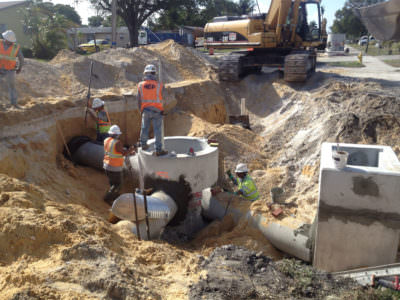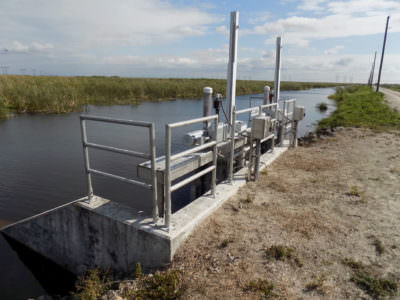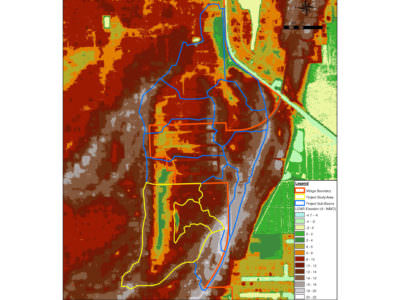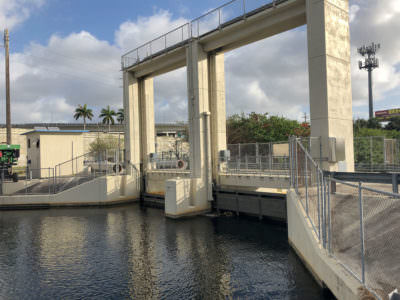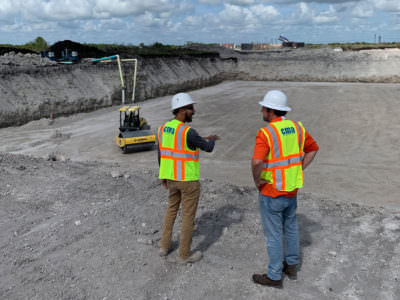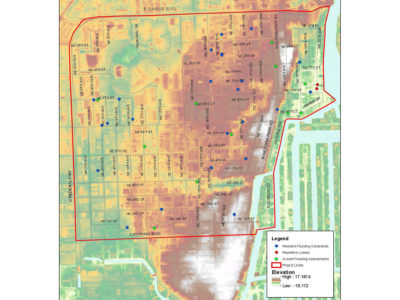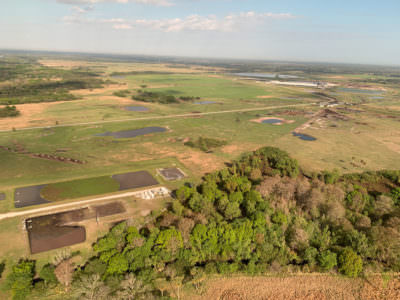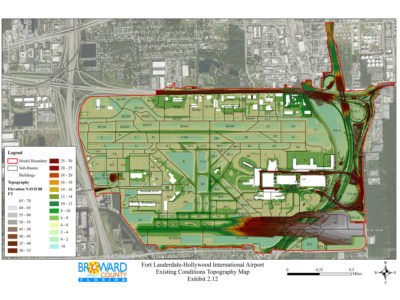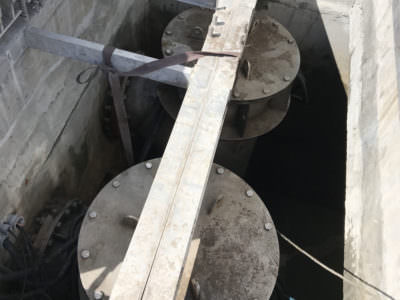Water is a critical resource in Florida fundamental to the residents, the natural environment, the agricultural economy and recreational opportunities. Balancing the demands of a growing population with the need to protect the natural ecology of rivers, lakes, wetlands and estuaries requires thoughtful planning and infrastructure investment. CMA is committed to providing innovative solutions that help manage and protect Florida’s most important resource.
Water Works
The natural climate of Florida often provides excess water during the wet season and a deficit of water in the dry season. The successful economic development of Florida relies on infrastructure that can store or divert excess water to provide flood protection as well as manage and store water to provide for potable and irrigation supply when resources are scarce. Because of the large volumes of water and minimal topographic relief, the type of infrastructure needed to manage water at a regional scale in Florida are large civil water works. CMA staff has experience in the design and construction of canals, gated control structures, pump stations that move millions of gallons of runoff, and above ground impoundments that store and treat thousands of acre-feet of water. CMA is invested in continuing our role in the design, construction, and operation of large-scale water works projects that allow Florida to continue to grow and thrive.
Hydrologic & Hydraulic Modeling
CMA has a long history of using hydrologic and hydraulic models as a tool to evaluate flood protection issues locally, regionally, and statewide. These models allow us to work with our clients to understand flooding issues and develop flood protection solutions at any scale. Our staff utilizes a wide array of hydrologic and hydraulic modeling tools from simple one-dimensional node-link simulations to fully integrated two-dimensional surface water models linked to finite difference groundwater models. Our staff includes several PhDs that act as technical leads in the development of models and post-processing tools that translate the results into illustrations and maps that can be shared with stakeholders in a public forum. In many cases, CMA has used these models to develop a list of flood mitigation projects with conceptual plans and cost estimates tailored for use in Capital Improvement Plans. These documents are implementable plans that provide our clients with guidance to program the funding and construction of each identified project.
Sea Level Rise & Resiliency
The Intergovernmental Panel on Climate Change (IPCC) has identified a range of potential sea level rise scenarios for the next 50 years that show the tidal conditions in Florida increasing anywhere from 21 inches to 64 inches. Because Florida relies on gravity discharge for excess runoff, has a high-water table, and virtually no topographic gradient, the potential sea level rise translates to significant uncertainty for the built environment. For every infrastructure project CMA looks at the criticality of the proposed improvements in comparison with the projected sea level rise and the conditions of the project location to determine exposure of the features during their expected useful life. If there is significant exposure, the design must include elevating, hardening, or water-proofing the features. If the sea level rise will not have adverse effects until after the project requires replacement, CMA evaluates the need for future adaptation. If the sea level rise will impact the features but they are not critical infrastructure CMA will develop a design that can accommodate intermittent flooding. As an example, if a new outfall to tide is being designed for a stormwater management system, CMA would determine if the seawall elevation needed to be increased or if a tidal check valve should be installed to prevent backflow and king-tide flooding. If projected sea level rise shows that the gravity discharge can be accommodated now, but it will not suffice in the future, CMA would recommend a configuration that can accommodate an upgrade to a pump station. Areas determined to be non-critical infrastructure green and blue solutions such as bioswales, rain gardens, and living shorelines would be recommended to mitigate the effects of intermittent tidal flooding and provide additional resilience.
Watershed Management & Water Quality
Since 1972 the Clean Water Act has facilitated the implementation of the National Pollutant Discharge Elimination System (NPDES) program in communities throughout the country. This program created a template for managing Municipal Separate Storm Sewer Systems (MS4) in urban areas and non-point pollution sources in rural areas. CMA has extensive experience managing the NPDES program for the various agencies and developing the necessary reports to ensure compliance. The data collected for drainage infrastructure or maintenance programs are formatted in a manner that seamlessly integrates with the NPDES requirements. CMA also works with regional agencies to evaluate monitoring and compliance plans for water quality programs as well as establishing the performance and benefits of implementing Best Management Practices (BMPs) for protecting Florida’s waterways.
Neighborhood & Municipal Drainage
Since our founding CMA has established an expertise designing and constructing retrofits to aging infrastructure in residential neighborhoods and municipal areas. Using survey data to build topographic surfaces and simple hydraulic models, CMA can diagnose the cause of anything from small ponding concerns to structural flooding, then develop the grading plans and specify the drainage infrastructure needed to address the concern. Our staff has designed and constructed a wide range of stormwater facilities to solve local flooding issues including detention ponds, bioswales, exfiltration trenches, and pump stations. Each solution is tailored to the three key project constraints: budget, schedule, and regulatory feasibility. Our experience allows us to foresee issues in each of these constraints and address them during preliminary design to allow our clients the opportunity to choose the project implementation path that best fits the situation.
